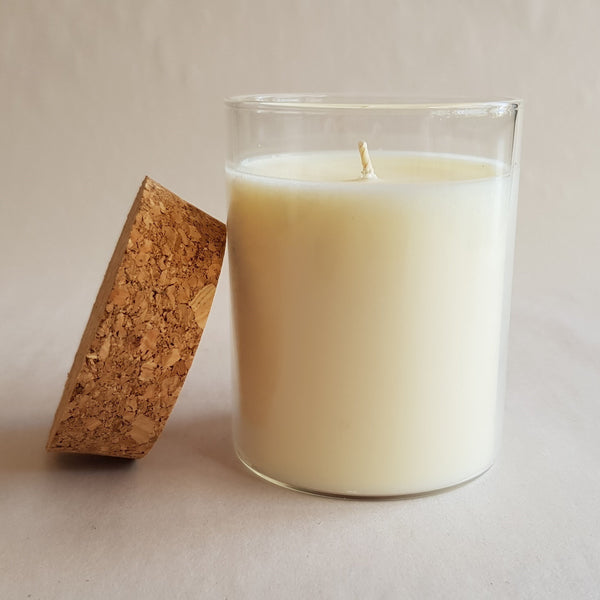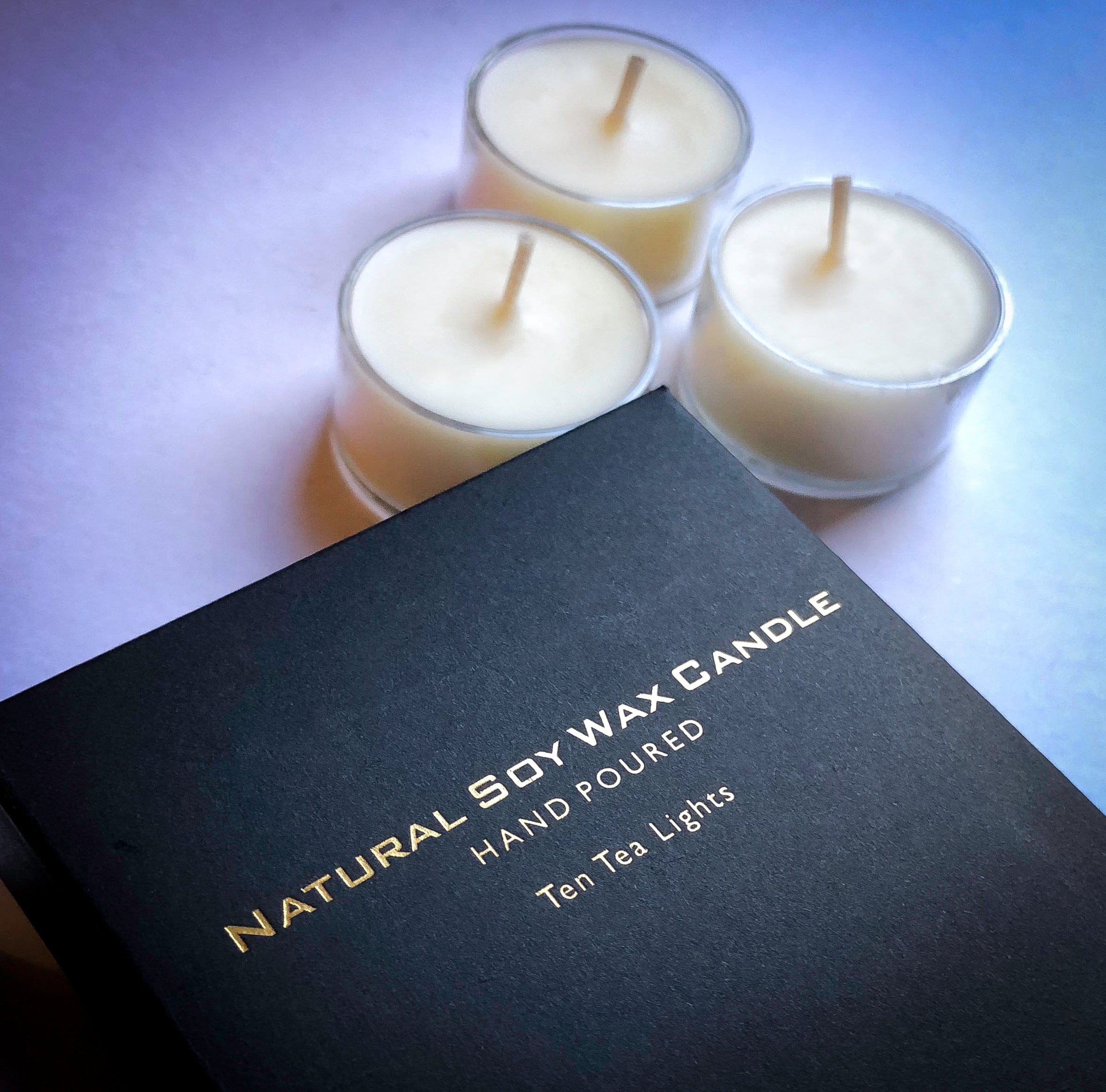From Wick to Wax: Recognizing the Chemistry Behind Soy Wax Candles and Their Environmental Influence
As we illuminate our spaces with the warm glow of candles, there lies a world of intricate chemistry behind the relatively straightforward act of lighting a soy wax candle light. The selection between soy and paraffin wax prolongs beyond simple visual appeals, delving into the world of ecological impact and the really make-up of the products. Recognizing the molecular structure of soy wax and its burning procedure clarifies the emissions launched into our environments. Join us as we unravel the clinical ins and outs behind soy wax candle lights and discover their ramifications on our atmosphere.
Soy Wax Vs. Paraffin Wax
When comparing soy wax and paraffin wax for candle production, it is vital to comprehend the unique attributes and advantages of each product. Soy wax is a natural, eco-friendly source stemmed from soybean oil, making it green and naturally degradable - soy candles. On the other hand, paraffin wax is a by-product of petroleum refining, which raises problems regarding its ecological influence and sustainability
Soy wax candle lights melt cleaner and release much less soot compared to paraffin wax candle lights, making them a much healthier choice for interior air high quality. Additionally, soy wax has a lower melting point, permitting for a longer-lasting candle that spreads fragrance more properly. Paraffin wax, on the various other hand, often tends to shed faster and less cleanly, possibly releasing harmful chemicals into the air.
From a sustainability viewpoint, soy wax is favored for its biodegradability and eco-friendly sourcing, lining up with the growing customer choice for eco mindful products. While paraffin wax has actually been a standard option in candle light making due to its price and simplicity of usage, the change in the direction of eco-friendly alternatives like soy wax is acquiring momentum in the sector.
Chemical Make-up of Soy Wax

Burning Refine in Soy Candles
The chemical composition of soy wax straight influences the burning procedure in soy candle lights, impacting elements such as burn time, aroma release, and ecological impact. When a soy candle light is lit, the heat from the fire thaws the wax near the wick.
The combustion efficiency of soy candles is affected by the pureness of the soy wax and the top quality of the wick. Furthermore, soy wax candles have a lower ecological effect contrasted to paraffin candle lights due to their renewable and biodegradable nature.

Environmental Advantages of Soy Wax

Taken into consideration a lasting option to standard paraffin wax, soy wax uses notable ecological benefits that make it a popular choice amongst eco-conscious consumers. One substantial benefit of soy wax is its eco-friendly sourcing. Soy wax is stemmed from soybean oil, which is predominantly look these up cultivated in the United States. The farming of soybeans helps sustain local farmers and minimizes the dependence on non-renewable fossil gas utilized in paraffin wax production. Furthermore, soy wax is eco-friendly, indicating it breaks down naturally without launching hazardous contaminants right into the atmosphere. This characteristic makes soy wax candle lights a much more eco-friendly choice contrasted to paraffin wax candles, which are made from oil, a non-renewable resource. Additionally, soy wax burns cleaner and generates much less soot than paraffin wax, adding to much better indoor air quality and decreasing the demand for cleansing and maintenance. Overall, the environmental benefits of soy wax align with the expanding need for lasting and environmentally friendly products out there.
Recycling and Disposal Factors To Consider
Recycling and correct disposal of soy wax candles play an essential function in preserving ecological sustainability and lowering waste in neighborhoods and households. When it comes to reusing soy wax candle lights, the first action is to guarantee that the candle has actually melted completely.

In regards to disposal, if recycling is not a choice, soy wax candle lights are eco-friendly and can be securely dealt with in the majority of family waste systems. Nevertheless, it is constantly suggested to inspect with regional reusing facilities or waste management services for particular standards on candle disposal to guarantee go to these guys correct handling and ecological security.
Final Thought
In verdict, the chemistry behind soy wax candles reveals their environmental benefits over paraffin wax candles. Soy wax, obtained from soybean oil, burns cleaner and produces less soot when compared to paraffin wax.
When comparing soy wax and paraffin wax for candle production, it is essential to understand the distinctive qualities and benefits of each material (home fragrance).Soy wax candle lights melt cleaner and give off much less soot compared to paraffin wax candles, making them a much healthier option for interior air quality.Taken into consideration a sustainable option to traditional paraffin wax, Look At This soy wax offers remarkable ecological advantages that make it a prominent option amongst eco-conscious consumers. Soy wax burns cleaner and creates less residue than paraffin wax, contributing to better indoor air high quality and minimizing the demand for cleaning and maintenance.In conclusion, the chemistry behind soy wax candles reveals their ecological benefits over paraffin wax candles